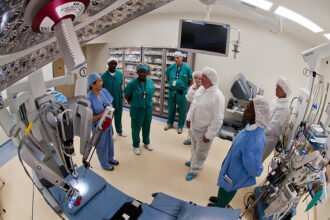Although not my usual focus, this book is a fascinating look on how the brain enables us to read. Reading in the Brain: The New Science of How We Read by Stanislas Dehaene, is a detailed study taking the latest of brain science to understand how the brain processes letters into words, phonemes, sentences and meaning. Much of the book centers around the letterbox area of the brain which decodes letters into meaning.
Although not my usual focus, this book is a fascinating look on how the brain enables us to read. Reading in the Brain: The New Science of How We Read by Stanislas Dehaene, is a detailed study taking the latest of brain science to understand how the brain processes letters into words, phonemes, sentences and meaning. Much of the book centers around the letterbox area of the brain which decodes letters into meaning. The author cites hundreds of experiments and as many brain studies using PET and MRI to dissect the detailed mechanisms of how letters are processed. He goes from anthropological studies of different cultures and languages pointing out the differences in similarities of language acquisition between different European languages and those based on characters, like Chinese. He notes that Italian is a language which allows for earlier competency in life while English with its quirks and Asian languages which require masterly of thousands of characters are more of a challenge.
The book looks at the evolution of language from its earliest origins to the beginning of written language. The author also looks at how to understand learning to read and problems in reading in a significant chapter on dyslexia. He notes that, “A new approach to reading instruction could be achieved through the introduction of experimental classrooms and research laboratories in schools.” (p. 326). I would tend to agree based on the wealth of evidence about the brain which is now coming to bear.
This book makes brain science approachable but also requires concentration. Worth the read for the reward.





